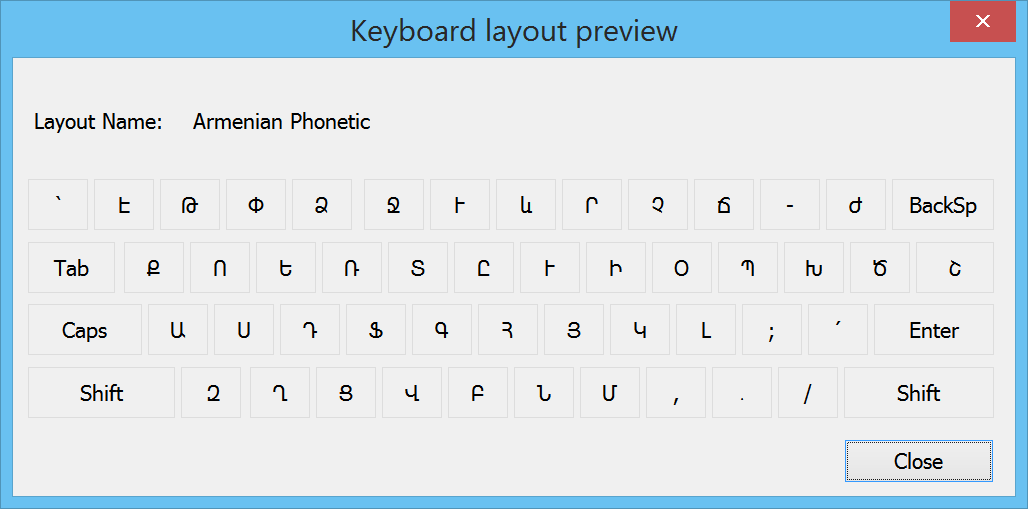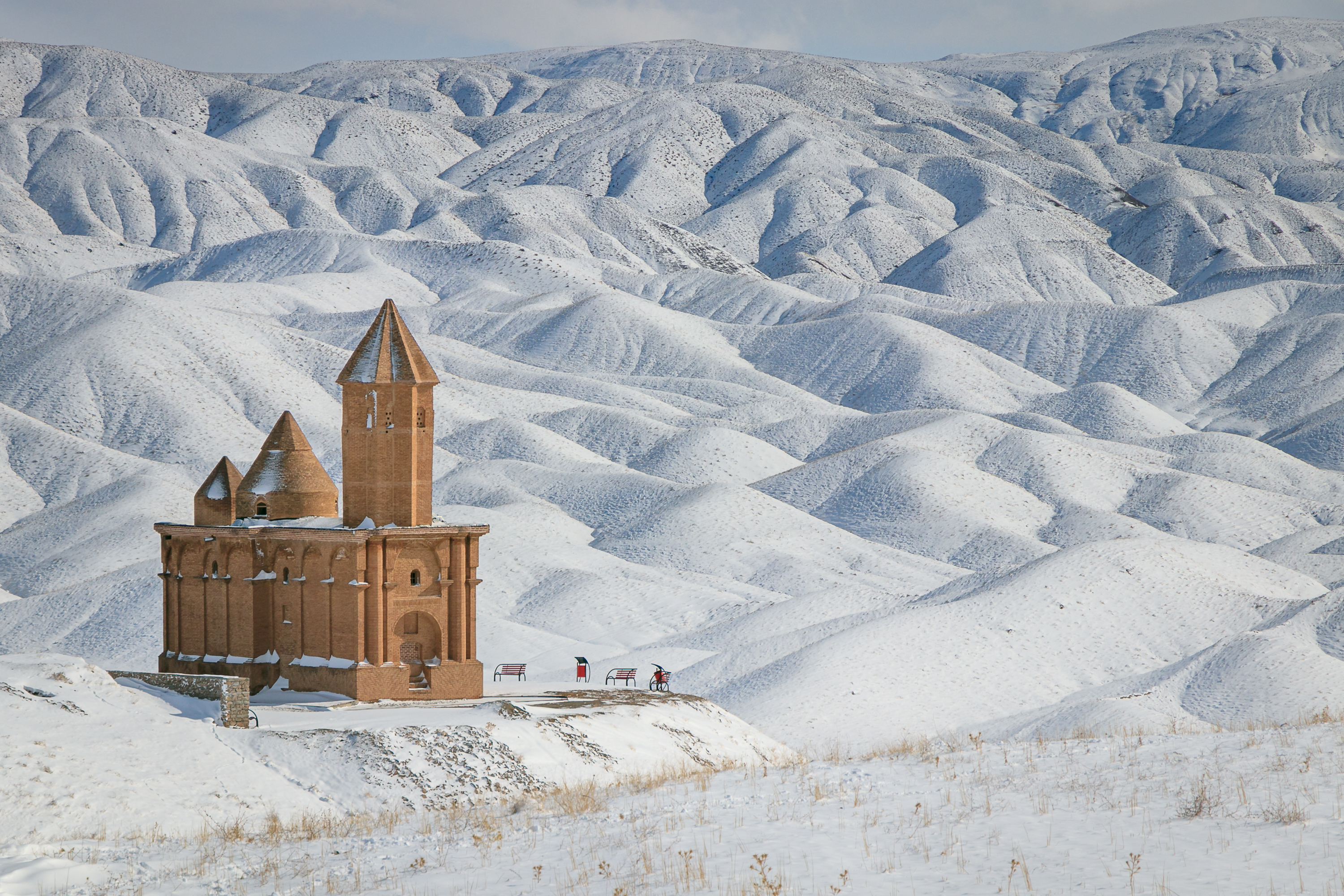|
Massis (periodical)
''Massis'' (in Armenian Մասիս) is a Lebanese-Armenian publication published by the Armenian Catholic Patriarchate in Lebanon. History and profile ''Massis'' was established in 1947 by Cardinal Gregorio Pietro Agagianian in Beirut. A long-serving editor of the publication was Father Antranik Granian. It stopped publication temporarily in the 1990s and restarted in 2005, with Sarkis Najarian as editor in chief. ''Massis'' is a religious, political, social and cultural periodical published with varying frequencies (weekly, bi-weekly, monthly) and at times as a tabloid newspaper and as a magazine. Presently it is published on a monthly basis (12 issues per year), sometimes, with two months in one combined issue, with pages varying between 48 and 60 magazine-size pages. See also * List of magazines in Lebanon * ''Avedik'' * Armenian Catholic Church The Armenian Catholic Church is an Eastern Catholic Churches, Eastern Catholic particular church ''sui iuris'' of the ... [...More Info...] [...Related Items...] OR: [Wikipedia] [Google] [Baidu] |
1947 Establishments In Lebanon
It was the first year of the Cold War, which would last until 1991, ending with the dissolution of the Soviet Union. Events January * January–February – Winter of 1946–47 in the United Kingdom: The worst snowfall in the country in the 20th century causes extensive disruption of travel. Given the low ratio of private vehicle ownership at the time, it is mainly remembered in terms of its effects on the railway network. * January 1 – The ''Canadian Citizenship Act, 1946, Canadian Citizenship Act'' comes into effect, providing a Canadian citizenship separate from British law. * January 4 – First issue of weekly magazine ''Der Spiegel'' published in Hanover, Germany, edited by Rudolf Augstein. * January 10 – The United Nations adopts a resolution to take control of the free city of Trieste. * January 15 – Elizabeth Short, an aspiring actress nicknamed the "Black Dahlia", is found brutally murdered in a vacant lot in Los Angeles; the mysterious case is never solv ... [...More Info...] [...Related Items...] OR: [Wikipedia] [Google] [Baidu] |
Monthly Magazines Published In Lebanon , sometimes known as "monthly"
{{disambiguation ...
Monthly usually refers to the scheduling of something every month. It may also refer to: * ''The Monthly'' * ''Monthly Magazine'' * ''Monthly Review'' * ''PQ Monthly'' * ''Home Monthly'' * ''Trader Monthly'' * ''Overland Monthly'' * Menstruation Menstruation (also known as a period, among other colloquial terms) is the regular discharge of blood and Mucous membrane, mucosal tissue from the endometrium, inner lining of the uterus through the vagina. The menstrual cycle is characterized ... [...More Info...] [...Related Items...] OR: [Wikipedia] [Google] [Baidu] |
Magazines Published In Beirut
A magazine is a periodical literature, periodical publication, print or digital, produced on a regular schedule, that contains any of a variety of subject-oriented textual and visual content (media), content forms. Magazines are generally financed by advertising, newsagent's shop, purchase price, prepaid subscription business model, subscriptions, or by a combination of the three. They are categorised by their frequency of publication (i.e., as weeklies, monthlies, quarterlies, etc.), their target audiences (e.g., women's and trade magazines), their subjects of focus (e.g., popular science and religious), and their tones or approach (e.g., works of satire or humor). Appearance on the cover of print magazines has historically been understood to convey a place of honor or distinction to an individual or event. Term origin and definition Origin The etymology of the word "magazine" suggests derivation from the Arabic language, Arabic (), the broken plural of () meaning "depot, s ... [...More Info...] [...Related Items...] OR: [Wikipedia] [Google] [Baidu] |
Cultural Magazines
Culture ( ) is a concept that encompasses the social behavior, institutions, and norms found in human societies, as well as the knowledge, beliefs, arts, laws, customs, capabilities, attitudes, and habits of the individuals in these groups.Tylor, Edward. (1871). ''Primitive Culture''. Vol 1. New York: J. P. Putnam's Son Culture often originates from or is attributed to a specific region or location. Humans acquire culture through the learning processes of enculturation and socialization, which is shown by the diversity of cultures across societies. A cultural norm codifies acceptable conduct in society; it serves as a guideline for behavior, dress, language, and demeanor in a situation, which serves as a template for expectations in a social group. Accepting only a monoculture in a social group can bear risks, just as a single species can wither in the face of environmental change, for lack of functional responses to the change. Thus in military culture, valor is counted ... [...More Info...] [...Related Items...] OR: [Wikipedia] [Google] [Baidu] |
Armenian-language Mass Media In Lebanon
Armenian (endonym: , , ) is an Indo-European languages, Indo-European language and the sole member of the independent branch of the Armenian language family. It is the native language of the Armenians, Armenian people and the official language of Armenia. Historically spoken in the Armenian highlands, today Armenian is also widely spoken throughout the Armenian diaspora. Armenian is written in its own writing system, the Armenian alphabet, introduced in 405 AD by Saint Mesrop Mashtots. The estimated number of Armenian speakers worldwide is between five and seven million. History Classification and origins Armenian is an independent branch of the Indo-European languages. It is of interest to linguists for its distinctive phonological changes within that family. Armenian exhibits Centum and satem languages, more satemization than centumization, although it is not classified as belonging to either of these subgroups. Some linguists tentatively conclude that Armenian, Greek ... [...More Info...] [...Related Items...] OR: [Wikipedia] [Google] [Baidu] |
Armenian-language Magazines
Armenian (endonym: , , ) is an Indo-European language and the sole member of the independent branch of the Armenian language family. It is the native language of the Armenian people and the official language of Armenia. Historically spoken in the Armenian highlands, today Armenian is also widely spoken throughout the Armenian diaspora. Armenian is written in its own writing system, the Armenian alphabet, introduced in 405 AD by Saint Mesrop Mashtots. The estimated number of Armenian speakers worldwide is between five and seven million. History Classification and origins Armenian is an independent branch of the Indo-European languages. It is of interest to linguists for its distinctive phonological changes within that family. Armenian exhibits more satemization than centumization, although it is not classified as belonging to either of these subgroups. Some linguists tentatively conclude that Armenian, Greek (and Phrygian), Albanian and Indo-Iranian were dialectally c ... [...More Info...] [...Related Items...] OR: [Wikipedia] [Google] [Baidu] |
Armenian Catholic Church
The Armenian Catholic Church is an Eastern Catholic Churches, Eastern Catholic particular church ''sui iuris'' of the Catholic Church. It accepts the papal supremacy, leadership of the bishop of Rome, and is therefore in full communion with the universal Catholic Church, including the Latin Church and the 22 other Eastern Catholic Churches. The Armenian Catholic Church is regulated by Eastern Canon law (Catholic Church), canon law, summed up in the ''Code of Canons of the Eastern Churches''. The head of the ''sui iuris'' Armenian Catholic Church is the Armenian Catholic patriarch of Cilicia, whose main cathedral and ''de facto'' archiepiscopal see is the Cathedral of Saint Elias and Saint Gregory the Illuminator, in Beirut, Lebanon. Armenian Caritas is the official aid organisation of the Catholic Church in Armenia. History The Armenian Apostolic Church, Armenian Church took issue with the 451 Council of Chalcedon and formally broke off communion with the Chalcedonian Ch ... [...More Info...] [...Related Items...] OR: [Wikipedia] [Google] [Baidu] |
Lebanon
Lebanon, officially the Republic of Lebanon, is a country in the Levant region of West Asia. Situated at the crossroads of the Mediterranean Basin and the Arabian Peninsula, it is bordered by Syria to the north and east, Israel to the south, and the Mediterranean Sea to the west; Cyprus lies a short distance from the coastline. Lebanon has a population of more than five million and an area of . Beirut is the country's capital and largest city. Human habitation in Lebanon dates to 5000 BC. From 3200 to 539 BC, it was part of Phoenicia, a maritime civilization that spanned the Mediterranean Basin. In 64 BC, the region became part of the Roman Empire and the subsequent Byzantine Empire. After the seventh century, it Muslim conquest of the Levant, came under the rule of different Islamic caliphates, including the Rashidun Caliphate, Rashidun, Umayyad Caliphate, Umayyad and Abbasid Caliphate, Abbasid. The 11th century saw the establishment of Christian Crusader states, which fell ... [...More Info...] [...Related Items...] OR: [Wikipedia] [Google] [Baidu] |
Avedik
''Avedik'' (in Armenian Աւետիք) is a Lebanese-Armenian publication published by the Armenian Catholic Patriarchate in Lebanon and the official organ of the Armenian Catholic Church The Armenian Catholic Church is an Eastern Catholic Churches, Eastern Catholic particular church ''sui iuris'' of the Catholic Church. It accepts the papal supremacy, leadership of the bishop of Rome, and is therefore in full communion with ... worldwide. Licensed as a monthly publication, the religious Armenian-Catholic publication is now published with varying frequencies (monthly, bi-monthly, quarterly, semi-annually, annually) as a small-size periodical. See also * '' Massis (periodical)'' External links''Avedik'' periodical archive(PDF pages) {{DEFAULTSORT:Avedik Armenian-language magazines Armenian-language mass media in Lebanon Armenian Catholic Church Catholic magazines Irregularly published magazines Magazines published in Beirut Magazines with year of establishment ... [...More Info...] [...Related Items...] OR: [Wikipedia] [Google] [Baidu] |
List Of Magazines In Lebanon
In Lebanon the first Arabic journal was an annual review, ''Majmu fawaid li nukhbat afadil'' which was first published in 1851. The first political, literary, and scientific magazine, the first children's magazine, and the women's magazine in the country were established in the period between 1870 and 1896. These were also the first specialized publications in the Arab world. In 1927 there were 121 magazines in Lebanon. The Lebanese magazines reinforced the improvement and modernization of Arabic literature and liberal thought in the first half of the 20th-century. As of 2012, there were Arabic language, English language and French language magazines in the country. In 2015 there were 192 political magazines in Lebanon which were 16% of the magazines published the Middle East and North Africa. There are also editions of international magazines, including ''Marie Claire'', in Lebanon. The following is an incomplete list of current and defunct magazines published in Lebanon. A ... [...More Info...] [...Related Items...] OR: [Wikipedia] [Google] [Baidu] |





